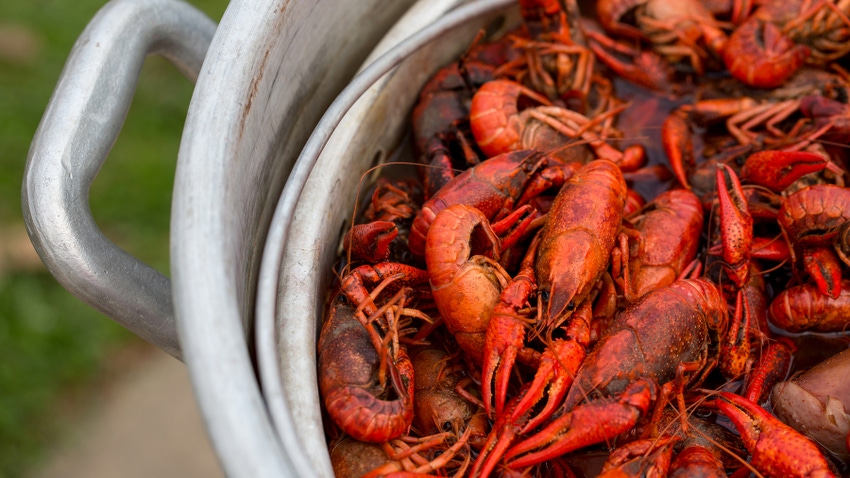
While spending spring without a festive crawfish feast is certainly a disappointment for large markets like Dallas, Houston or Mobile, the most-impacted areas in the crawfish crisis will certainly be Louisiana’s rural parishes. From drive-thru boil restaurants to farmers and bait dealers, everyone who relies on crawfish income is already feeling the effects of the disappointing season.
“The important thing of this whole story is that normally the value of crawfish dollars paid into the hands of farmers is somewhere around $250 to $300 million,” Shirley said. “In Louisiana that goes to little small towns or small communities. In 2024, they’re lucky if they're going to get a third of that value.”
Additionally, many farmers who use H-2A labor for crawfish harvest were forced to cancel their workers’ contracts when ponds turned up empty. Many of which had already devoted significant cost and time to securing seasonal workers.
“They spent the money to get visas and the paperwork done, which can cost somewhere around $1,200 per person,” Shirley said. “They had to basically cancel that contract. If they had brought those workers in and they would have had to guarantee a portion of their pay.”
Introducing CRAWDAD
What’s to be done about it? Droughts and low crawfish harvests have happened in Louisiana before and will certainly happen again. In 2021 when producers faced a similar but less severe drought, crawfish producers gained an extension of federal ELAP payments, Emergency Assistance for Livestock, Honey Bees, and Farm-raised Fish.
In 2024, crawfish producers sought to take steps to ensure aid remained available to them. On Feb. 29, Sen. John Kennedy (R-La), a member of the Senate Appropriations Committee, introduced the CRAWDAD Act or Crawfish Recovery Assistance from Weather Disasters and Droughts.
“Louisiana’s crawfish farmers have worked hard to weather a bad freeze and devastating drought. My CRAWDAD Act would give mudbug farmers the help they need to keep delivering quality Louisiana fare to crawfish lovers everywhere,” said Kennedy in a released statement.
Louisiana Farm Bureau also voiced support for the CRAWDAD Act.
“Drought has not spared any crop or commodity in Louisiana, but crawfish, in-particular, has no current safety net to keep our farmers afloat. Senator Kennedy offering this bill is a huge support to our efforts to get crawfish farmers an adequate safety net, while also updating an existing cattle program with common sense solutions. We depend on someone like Senator Kennedy to deliver these solutions and he has stepped up in a big way,” said Louisiana Farm Bureau President Jim Harper in a statement.
From Shirley’s perspective, assistance for producers could play a critical role in revamping the statewide crawfish populations and limiting producer debt.
“Financial assistance is critical for the farmers because they spent a tremendous amount of money upfront at the beginning of last summer to buy crawfish and stock those fields,” Shirley said. “Then they spent a lot of money flooding the fields all through the fall, which was excessively dry and hot, and required even more pumping than usual. They probably spent four times as much on pumping in energy cost.”
With $250 to $300 invested per acre for purely crawfish inputs, even high prices won’t help farmers recoup their costs. The results of that loss will have ripple effects for farmers and other crops for several years.
“Some of the farmers who cannot even flood or just gave up on crawfish are trying to put more acres into rice production,” Shirley said. “When it comes time to harvest it is going to be a problem to have enough combine capacity to harvest and haul that crop. And I don't know if we'll have enough dryer space to store that crop. So we might be looking at a 15 to 20% increase in acres of rice you know, on top of our regular crop that was going in. Regardless it's going to be very tight for these farmers for several years.”
Read more about:
CrawfishAbout the Author(s)
You May Also Like






